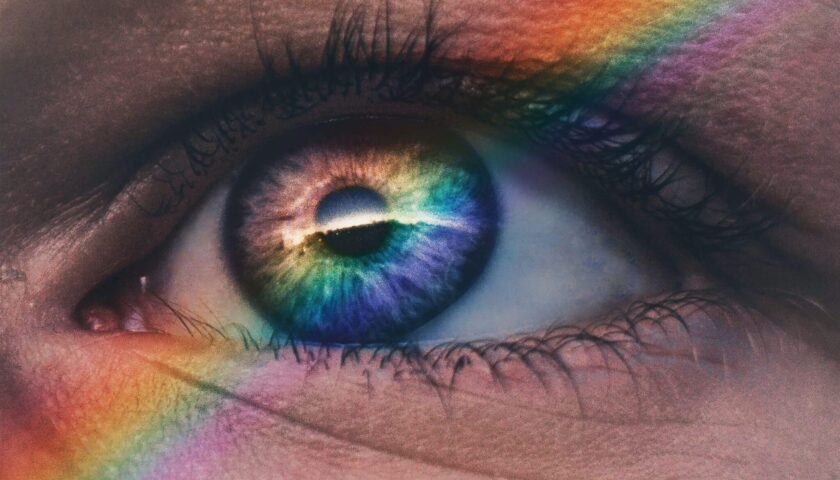Blood Glucose is a kind of sugar carried by the blood to all cells of the body to supply energy to perform their daily tasks. However, the glucose level in the blood needs to be maintained at a safe range to reduce the risk of heart diseases and diabetes. A condition in which the blood glucose level increases is known as Hyperglycemia. Common symptoms of Hyperglycemia are dry mouth, increased thirst, fatigue, headaches, and blurred vision, etc.
The blood glucose level in the body changes throughout the day. For example, after a meal, it rises and gets stabilized in an hour. To maintain blood glucose levels within the safe range, one has to check his glucose level regularly. Traditionally blood glucose level was monitored by Glucometers, which comes with lancets or needles, a logbook to record results, and test strips. To use this device, a patient needs to withdraw blood from the finger about five times a day and about 1800 times annually; these obligations create a phobia. A contact lens has been designed to overcome this problem, which allows non-invasive monitoring of blood glucose levels.
Canan Asli Yildirim’s new patent application WO2017116350A1, titled “A contact lens design sensing tear glucose level,” discloses a non-invasive blood sugar level monitoring device, i.e., Contact lenses with biosensors disposed of within. The contact lens does not directly determine the blood sugar from the tears; instead, it keeps monitoring the condition of Hyperglycemia and signals the patient to draw blood samples only when needed.
According to another embodiment of the patent, the contact lens has embedded biosensors. These biosensors change color to signal high or low sugar levels in the blood. For example, when the tear glucose level reaches over 6,25-7.0 mg/dl (blood glucose level > 125-140 mg/dl), a signal is provided with a color change between 380 – 720 nm, preferably at a linear scale proportional to the glucose concentration. This biosensor layer is applied on the surface of the lens, or it can be embedded in the polymer material, which can affect the oxygen transmissivity of the product.

This new technology of contact lens may seem to be a small innovation. Still, its real value is understood by patients who don’t need to frequently prick their fingers to withdraw blood samples to know the condition of hypoglycemia (low blood sugar) or hyperglycemia (high blood sugar). What remains to see is what other innovations we can come up with to help patients.


